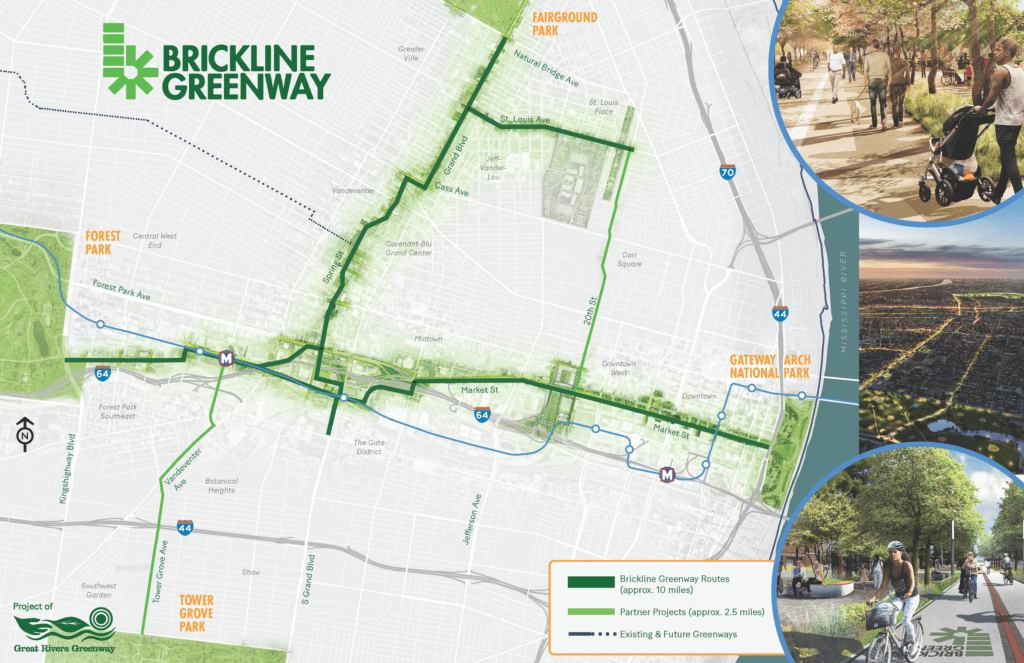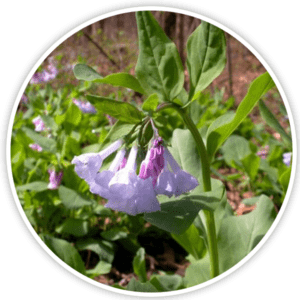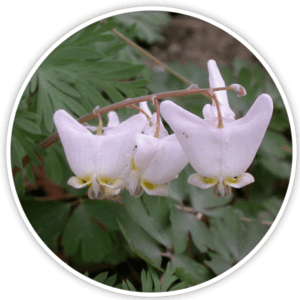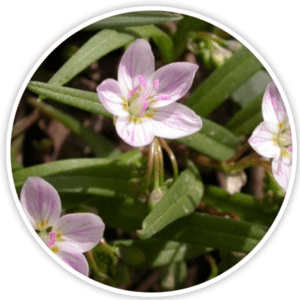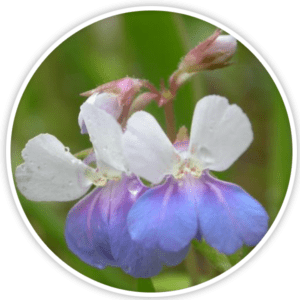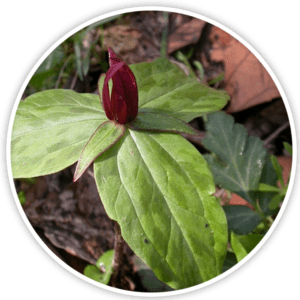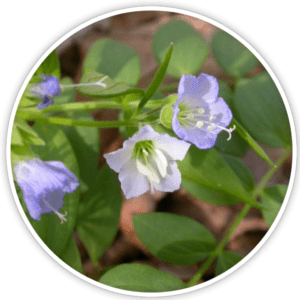Contact: Dallas Adams, Great Rivers Greenway, 901-216-3737 dadams@grgstl.org
FOR IMMEDIATE RELEASE
Brickline Greenway Garners $5 Million in 2025 Missouri Budget
Great Rivers Greenway and partners delivering 10 miles of greenways to connect and strengthen 14 neighborhoods in the core of the St. Louis region
St. Louis (June 28, 2024) – Great Rivers Greenway’s Brickline Greenway project got another boost this week. The initiative has secured significant funding from the State of Missouri Capital Improvement Budget for 2025, bringing the $245 million project nearly to its halfway-funded mark. This major public-private partnership, launched with an international design competition in 2017, will link historic Fairground Park, Forest Park, Tower Grove Park, Gateway Arch National Park and hundreds of destinations in between with safe, paved pathways.
“This $5 million investment provides powerful momentum for the Brickline Greenway, which is being brought to life with input from thousands of residents, businesses and organizations who understand how civic infrastructure boosts the economy and vibrancy of our city and our state,” said Susan Trautman, Great Rivers Greenway CEO. “We’re so grateful for this bipartisan effort, championed by Rep. Dean Plocher and Sens. Karla May, Lincoln Hough, and Steven Roberts, and for Gov. Mike Parson and Lt. Gov. Mike Kehoe’s support and approval of this funding.”
On the heels of a federal grant announced in March and a groundbreaking celebration with the community May 1, Parson’s signing of the 2025 budget adds to the attention Brickline Greenway is earning as an essential part of St. Louis’ future. With Brickline Greenway being a key component of their STL 2030 Jobs Plan, Greater St. Louis, Inc. co-funded a study conducted by Ernst & Young on the projected economic and social impact for the city, region and state. The report shows the urban greenway will ultimately create shared prosperity for neighbors, repopulating the city and boosting the local economy with upwards of $462 million invested in construction, operations and maintenance—a 2:1 return on investment.
“My daily priority is to think about what happens next to the greenway, how to work with partners to strengthen neighborhoods, create jobs and deliver the kind of economic opportunities the community needs and wants,” said T. Christopher Peoples, Equity + Economic Impact Director for Great Rivers Greenway.
With segments complete at the Cortex MetroLink Station (2018) and CityPark Stadium (2023), construction will begin on Market Street later this summer and on North Grand in early 2025, including new trees and plants, public art and equitable economic development along these vital routes. There are several more sections making progress alongside partners and community members, and Brickline Greenway construction will continue through 2030.
The total budget for this major public-private partnership is $245 million. Nearly fifty percent of the project is already secured through a variety of sources, including approximately $38 million in federal grants; $20 million from the state of Missouri; $18 million from Great Rivers Greenway’s local tax dollars; $2 million from the City of St. Louis to fund improvements on North Grand; and more than $42 million in corporate and private gifts from early investors.
###
Full Brickline Greenway project map image is below, full, general Brickline Greenway media kit is here.
Brickline Greenway Project Map

